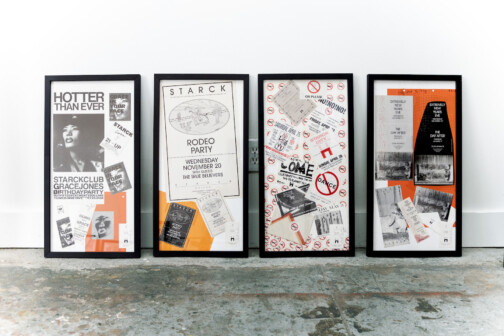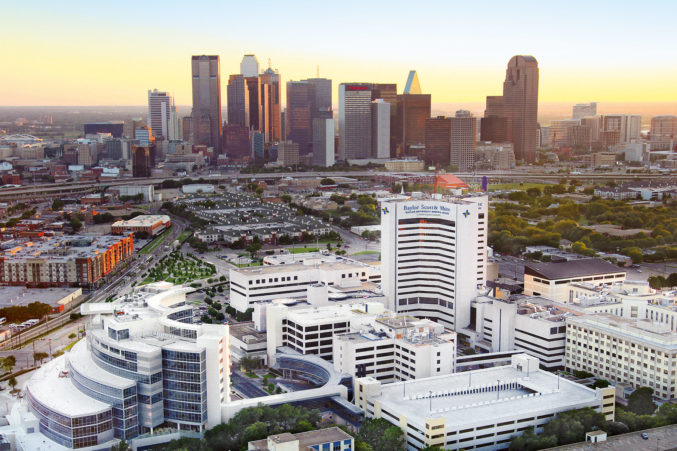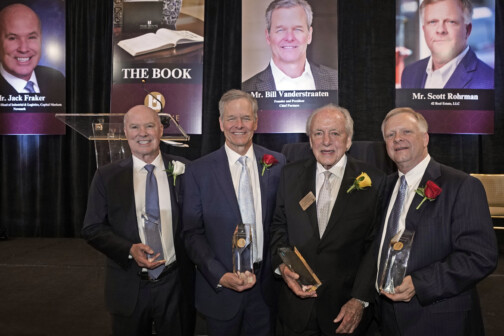Long before the first bulldozer began scraping out what would become Legacy, and well before the small farming community of Piano became a developer’s dream and a commuter’s nightmare, there wasn’t much but prairie in this area north of Dallas. But remote and flat as it was, the area nonetheless has a rich pioneer history.
One of the area’s first settlers was Henry Cook from West Virginia, a veteran of the War of 1812 who moved to Texas in 1846. He followed his son David, who had arrived the year before. Both spent time in the Trinity Mills settlement, near Carrollton, before Henry Cook and his family purchased a 640-acre homestead on the present site of Legacy.
At the time, just a grist mill and sawmill had been built in the tiny settlement. In 1850, a post office was established and given the name “Piano” by Henry Dye, a 20-year-old medical student and recent immigrant from Virginia who erroneously assumed the word was Spanish for “plain.” After later receiving his medical degree from Thomas Jefferson College of Medicine in Philadelphia, where he wrote his thesis on typhoid fever, Dye served on the Confederate side in the Civil War.
When Henry Cook’s teenage son Daniel died in January 1847, there wasn’t a cemetery in the territory, so his father picked out a spot on the homestead and buried his son there, naming the area the Cook Cemetery. Daniel’s grave is the oldest marked grave in Collin County.
Years later, Henry’s daughter, Rachel Baccus, took possession of the land and deeded it to family members. Rachel donated some of (he Cook land to the Baccus Christian Church, founded in 1908; in 1915, the graveyard’s name was changed to Baccus Cemetery in her honor. The cemetery, located 5 miles south of Frisco and 1 mile south of State Highway 121, sits at the corner of the Tollway and Legacy Drive. It has about 285 marked graves and is commemorated by a state historical marker. Nearby pasture still bear traces of wagon wheel ruts, more artifacts of the earliest settlers.
In 1850, Henry Cook also created Liberty Baptist Church, the oldest Baptist church in Collin County-in his home. The house-made of logs and outfitted with an animal-skin front door-also was used as a school and a meeting hall for dances and wedding receptions. The only pieces of furniture had been imported from the Cook’s Illinois home.
It was built on one of the highest points in the county and could be seen from all directions due to its location on a crest. Known as the “lonesome house” because of its isolation, it nevertheless provided plenty of guidance for cattle drivers on the Shawnee Trail.
The Shawnee Trail began in Brownsville and wound north through San Antonio, Austin, Waco, and Dallas before crossing into Oklahoma and terminating in Missouri. It was familiar to cattlemen by 1854 and was well-traveled until the decade of the Civil War.
Part of it formed what is now the eastern border of Legacy, a stretch of the trail known locally as Preston Road. Although the trail was a success for some 20 years, its popularity began to wane in 1867 as cattle drivers discovered a new route to the west called the Chisholm Trail. It was used as a cattle trail, as well as a safe route for settlers and military supply caravans from Texas to Oklahoma and Missouri. Slone mounds erected as trail markers are partially buried but still are visible today.
Piano was incorporated in 1873. Unlike other near-by villages such as Lebanon, which thrived in the era of the cattle drives and then went into steep decline, Piano thrived with the arrival of the railroad. Still, the farming community’s population rose only gradually until the period after World War II. In 1950, the population was a little over 2,100. In 1970, it had climbed to nearly 18,000. According to the most recent surveys, there are now 182,000 Planoiles.
Not everyone applauds the tremendous growth.
Henry Cook died in 1862 and was buried in the cemetery he founded. He married twice and falhered 12 children. Some of Cook’s descendants still live near the former homestead, now the site of part of the Toll way. The last of his descendants to live on the homestead was Charlie Pearson, now 76. “Even in my lifetime, it sure has changed a lot.” says Pearson, who now lives in Frisco. “Honey,” he continued, “I’m a farmer. I don’t deal well with traffic.”
Most of Piano’s prairie past lies buried along with the pioneers under highways, subdivisions, and the Legacy park itself But nostalgic remnants of that Old West heritage have been preserved.
Six buffalo currently live at Legacy. Each weighs between 700 and 900 pounds and eats about 66 pounds of hay daily. Each is branded with the Legacy “L,” a fitting reminder of Piano’s past.
Get our weekly recap
Brings new meaning to the phrase Sunday Funday. No spam, ever.
Related Articles

Arts & Entertainment
Relics from the Starck Club Illuminate Dallas’ Future-Forward Past at Ephemeral Gallery
A new gallery in Old East Dallas enlists the Starck Art Department to show off an extensive collection of posters, invitations, and video art that centers Dallas in the conversation of popular culture.
By Christopher Mosley

Healthcare
Baylor Scott & White Health to Terminate Blue Cross Blue Shield Agreements in July
If the agreements aren't modified by July 1, Blue Cross members will lose access to all of Baylor Scott & White Health's physicians, hospitals, and facilities.

Commercial Real Estate
‘Dallas Will Welcome You’: Get to Know NTCAR’s Newest Hall of Fame Inductees
Bill Vanderstraaten and Scott Rohrman were inducted as hall of fame members, while Jack Fraker and Robert Grunnah earned recognition for their lifetime achievements.


